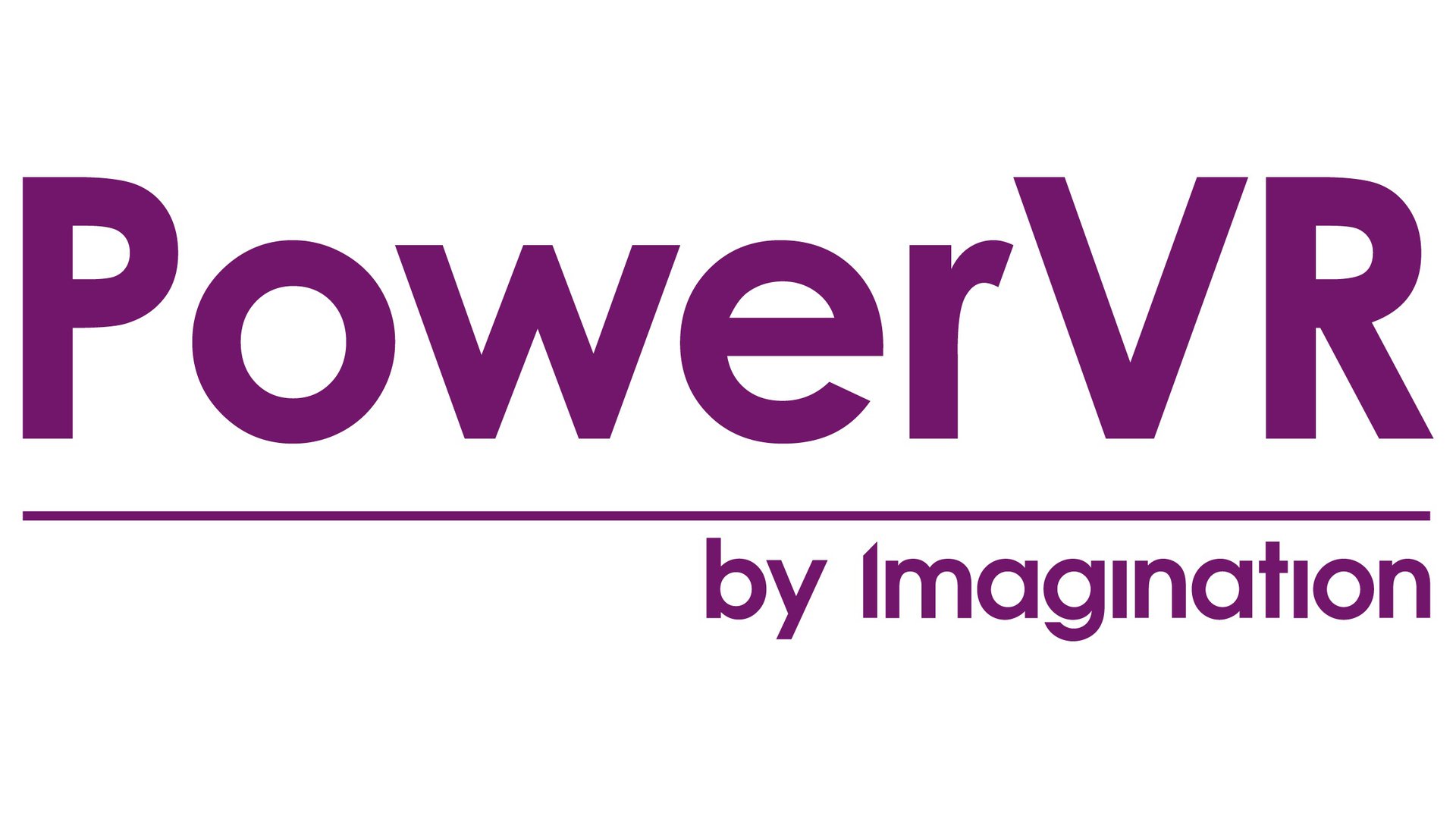Affiliate links on Android Authority may earn us a commission. Learn more.
Imagination unveils an Android imaging framework for its PowerVR GPUs
Published onJanuary 7, 2015

Many of the smartphones on the market today offer camera apps with advanced features like HDR, panoramic stitching, and gesture recognition. However in many cases these features use the CPU to process the imaging data. However GPUs can also handle such work, in fact many image processing algorithms are better suited to the parallel nature of a GPU.
We are making it easy for our customers and their OEMs to differentiate their camera applications.
The new PowerVR imaging framework binds the GPU with other system components, such as the camera sensor and the CPU, into a “programmable image processing pipeline” that can be used by Android apps, like the bundled camera app.
What this means for the consumer is that smartphone makers can add new vision features to their smartphones without having to add special dedicated image processing hardware. As Peter McGuinness from Imagination puts it, “With the imaging framework for PowerVR, we are making it easy for our customers and their OEMs to differentiate their camera applications using their existing SoCs, all without adding to the hardware cost.”
The way Imagination has done this is by adding a set of extensions to the OpenCL and EGL APIs so that an app can directly sample YUV data coming from the camera. As a result OEMs can implement many of the imaging algorithms like noise reduction and HDR in the GPU, rather than the CPU.
Of course for a smartphone to use this GPU computing power, it will need to have a PowerVR GPU, but I guess that is the point that Imagination are trying to make!